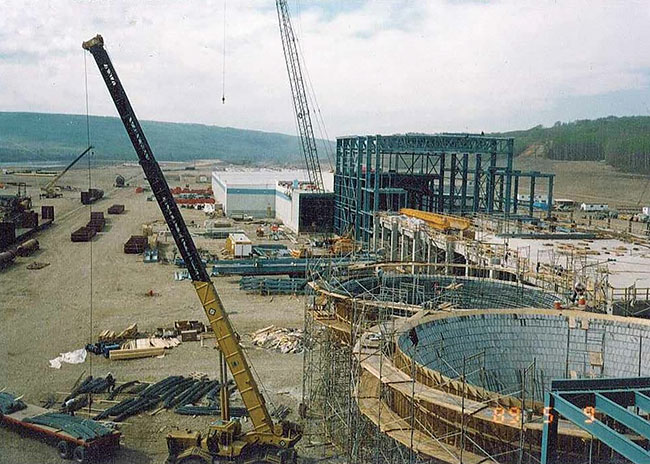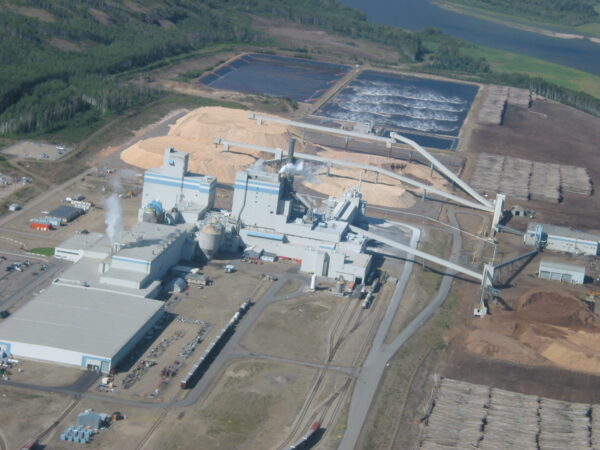
Features
Operations & Management
Paper
Pulp
Tales of transition: Mercer International’s story
May 23, 2023 By Sukanya Ray Ghosh
 Mercer Peace River being built in 1989
Photo: Mercer International
Mercer Peace River being built in 1989
Photo: Mercer International A major contributor to the Canadian economy, the pulp and paper industry has endured through years of drastic changes in the market. It was a leading global producer of newsprint paper once upon a time, as well as a major pulp producer. With the evolving times, Canadian mills have embraced the needs of the hour. Today, the focus is on pulp and paper alternatives to plastics, packaging products for the highly demanding e-commerce industry and adoption of sustainable practices.
In this special anniversary feature, five stakeholders of the Canadian pulp and paper industry share how they have evolved and their vision for the future.
This is Mercer International’s story.
Mercer International’s purchase of the Castlegar, B.C., mill in 2005 marked its entry into the Canadian pulp and paper scene. Now known as Mercer Celgar, the mill was established in 1960. After Mercer took over, it expanded the mill’s pulp production in 2007 and then in 2009 invested in the Green Energy Project to produce renewable energy for the marketplace. Mercer took over the Peace River mill in Alberta in 2019. Originally established in 1990, the mill produces both softwood (NBSK) and hardwood (NBHK) pulp. The Peace River mill purchase also resulted in joint ownerships of the Cariboo Pulp and Paper mill with West Fraser.
Bill Adams, vice-president of sustainability and innovation at Mercer shares that over the years, the market shift resulted in the decline of the printing and writing grades of paper. While the fear was that the shift would hurt the pulp market as a whole, demand has in fact increased. Tissue paper, packaging and specialty applications are on the rise in the industry, prompting Mercer to focus on these products.

Mercer Peace River Pulp mill in 2002 (Photo: Mercer International)
Another challenge is that newer mills built in the last two decades have higher production capacities. They produce hardwood pulp and are low-cost operations. Adams shares that Mercer has worked hard to secure its place in the market with its high-strength softwood products. He adds that Canadian mills that have pivoted to a certain degree to start producing renewable energy are tasting more success in recent times.
“We’ve really seen that from our operating strategies – making sure you’ve got the most efficient mill possible. You use as little energy internally to produce the pulp and then you take all that extra energy that comes from the biomass and direct that towards electrical energy, selling that into the market,” explains Adams.
Over the last decade, Mercer has also focused heavily on sustainability and environmental performance. The carbon footprint and overall environmental impact of the mills are strong considerations when making decisions, says Adams.
Looking into the future, Adams notes that investment in decarbonization technology will be essential for the industry to maintain its social license to operate. In April 2002, Mercer’s GHG emission targets were validated by the Science Based Target initiatives. The most significant opportunity will be to replace fossil fuels with biogenic fuels in lime kilns. Mercer is also focused on expanding its portfolio of bioproducts and biochemicals that include turpentine, methanol and lignin-based materials. These bioproducts will enable Mercer to capture increased value from the harvested wood, says Adams.
Print this page